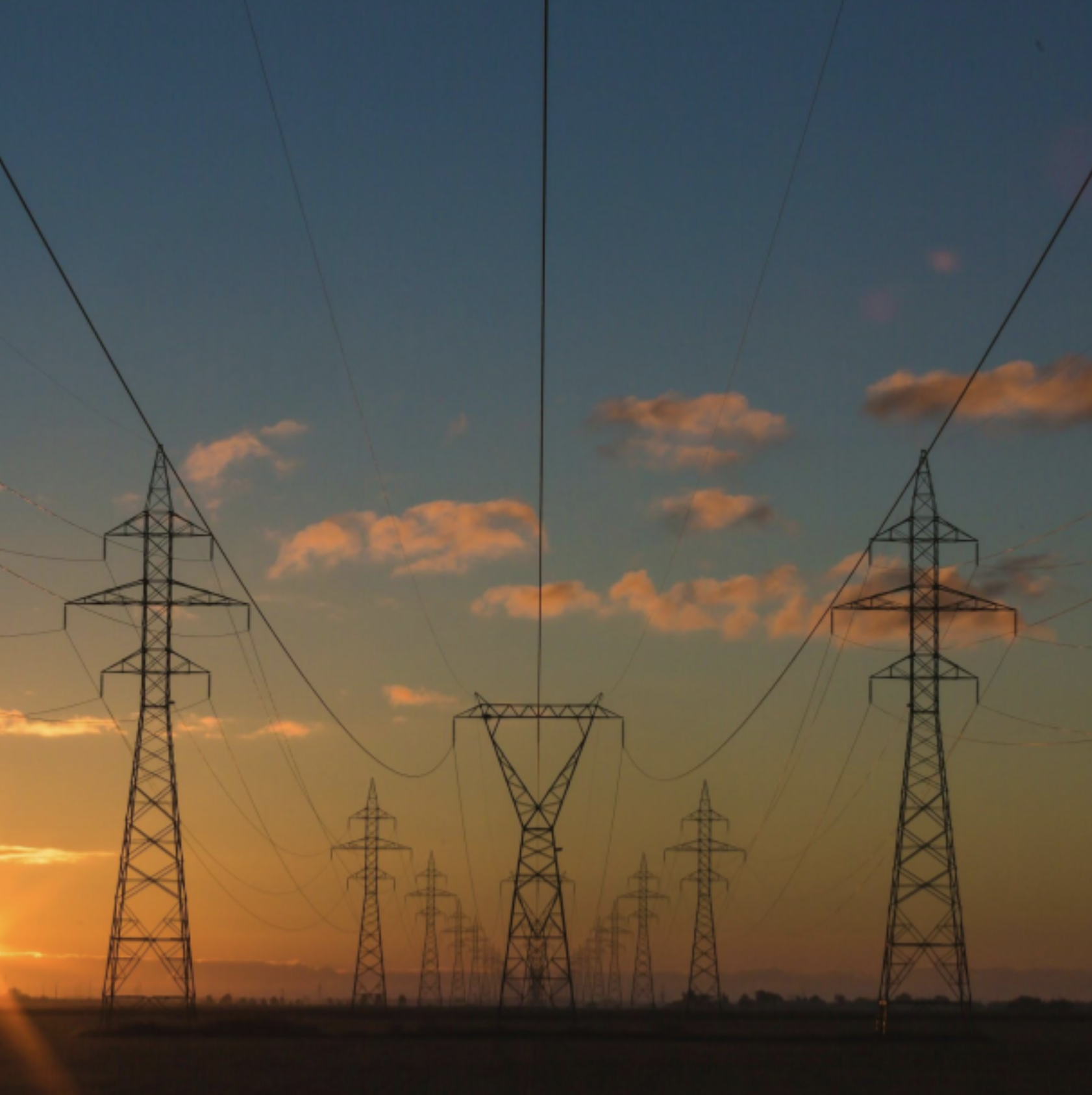US Climate Policy Research Process and Prioritization
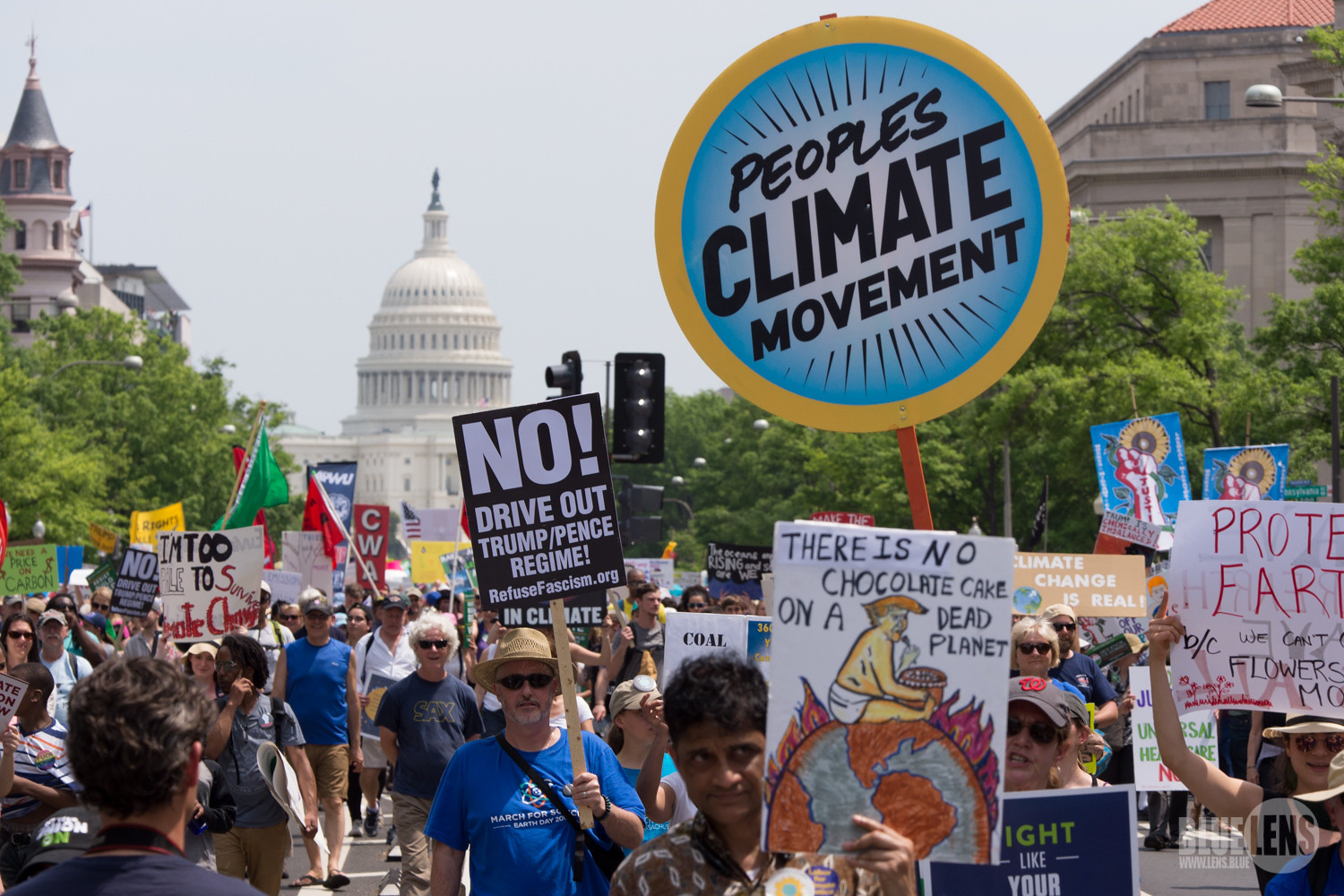
Disclaimer
This report was last updated in December 2021 and describes our approach to US Policy Change recommendations in 2020 and 2021. For an overview of our 2022 approach to recommendations and research, please see 2022 Updates to Giving Green's Approach and Recommendations.
How did our team decide which approaches to policy change we would focus on in 2020 and 2021?
In this document, we provide an overview of our team's use of the Importance, Tractability, and Neglectedness (ITN) framework to identify our research priorities within US climate policy change for 2020 and 2021.
Giving Green identified United States climate policy change as a key focus for our 2020 and 2021 recommendations. We believe that public policy will be a key driver of the technological and human behavior changes that are necessary to fight the climate crises. We focused on US policy because the US is the world’s second-largest emitter; it has outsized global influence; and because Giving Green’s staff is most familiar with the US policy systems, which therefore leverages our comparative advantage.
Main Takeaway:
Giving Green determined that (1) Activism and (2) Policy Advocacy are the two methods that are highest priority and we are focusing our research on these topics.
To narrow down our research priorities, we tried to answer the question “what methods to achieve policy change are most impactful, solvable, and in need of additional support?” Accordingly, we ranked methods by their potential impact, their likelihood of happening (i.e. how solvable?), and the need for more funding in that method.
The world is complicated, and organizations and activities will not generally neatly fit into one of these categories. However, this framework is designed to help us narrow down the field and focus further research on areas we think have the most promise. The findings of this exercise will help guide Giving Green’s research priorities and recommendations, but will not be binding.
Download the full report for a more detailed explanation of our rankings and our process for arriving at them.
Note: This is a non-partisan analysis (study or research) and is provided for educational purposes.
Support Our Work
Giving Green Fund
One fund. Global impact. One hundred percent of your gift supports a portfolio of high-impact climate organizations, vetted by our research.
Best for:
Donors who want the simplest way to impact multiple climate solutions.
Top Climate Nonprofits
Meet the organizations on Giving Green’s list of high-impact nonprofits working to decarbonize our future, identified through our rigorous research.
Best for:
Donors who want to give directly and independently.
Support Our Work
We thoroughly research climate initiatives so you can give with confidence. For every $1 we receive, our work unlocks another $21 for effective climate solutions.
Best for:
Donors who want to amplify their impact through research.
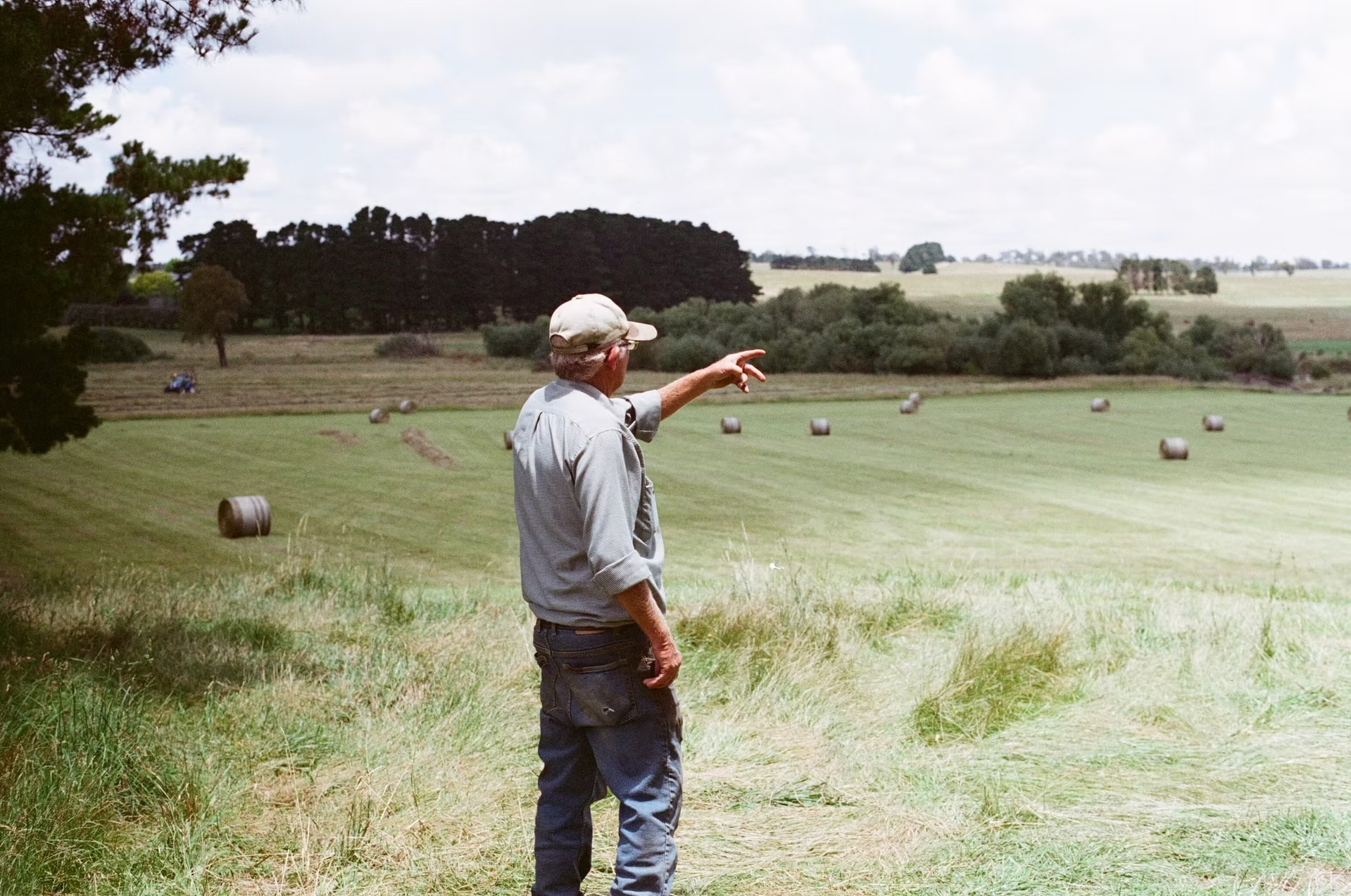
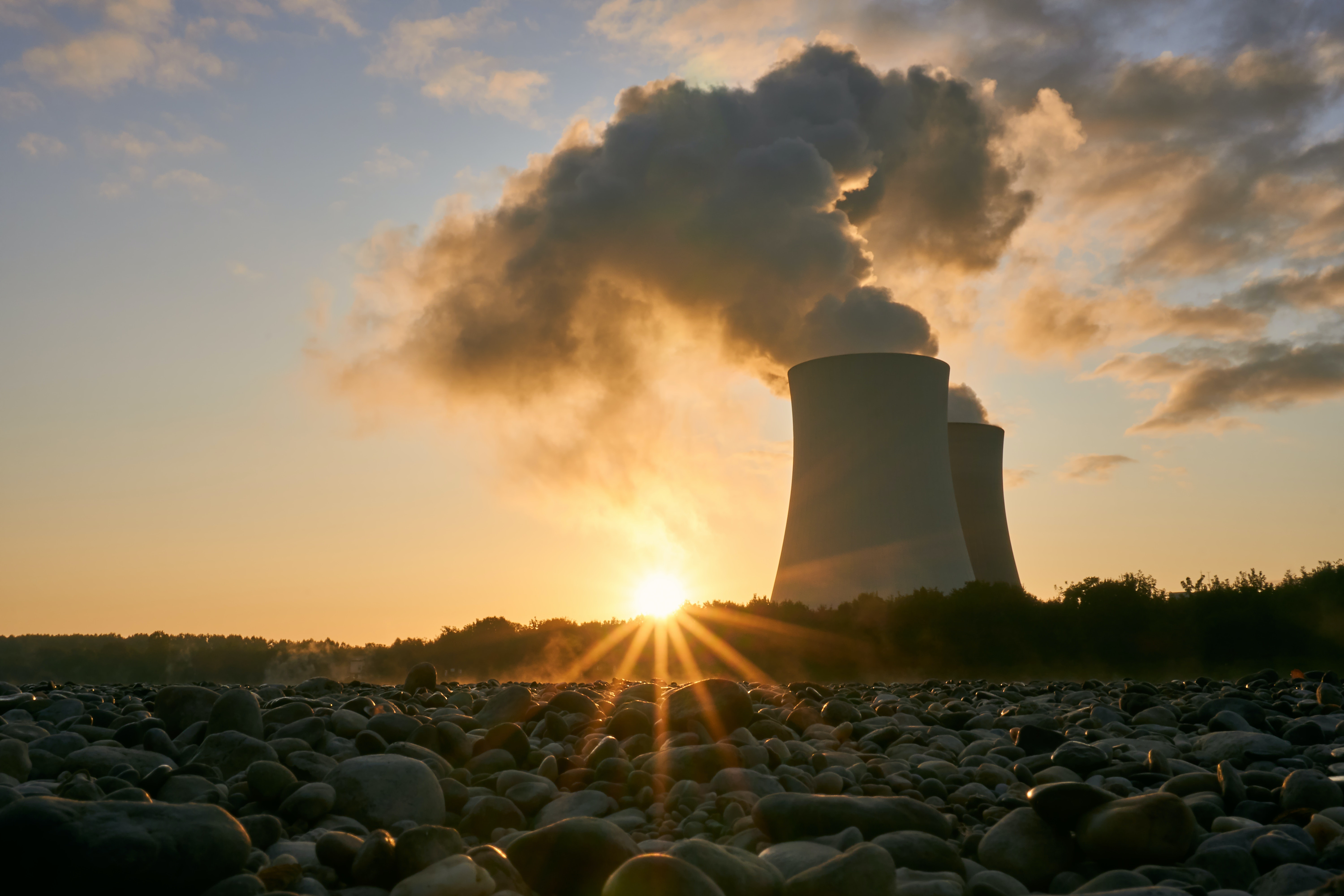


.png)





.jpg)

.png)





.png)

.png)
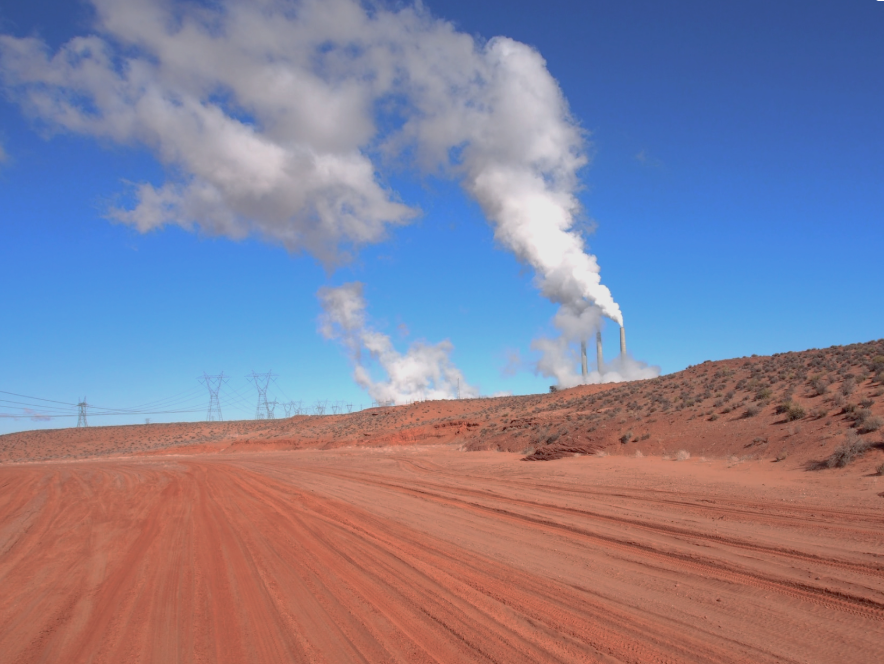
.png)

.png)
.png)
.png)





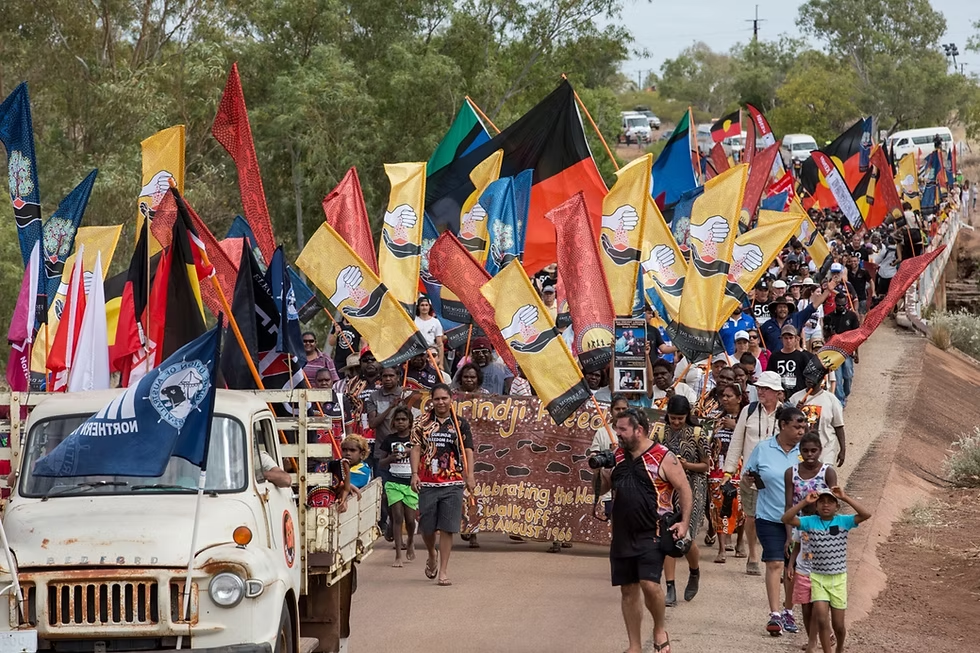


.png)
.png)
.png)
.png)
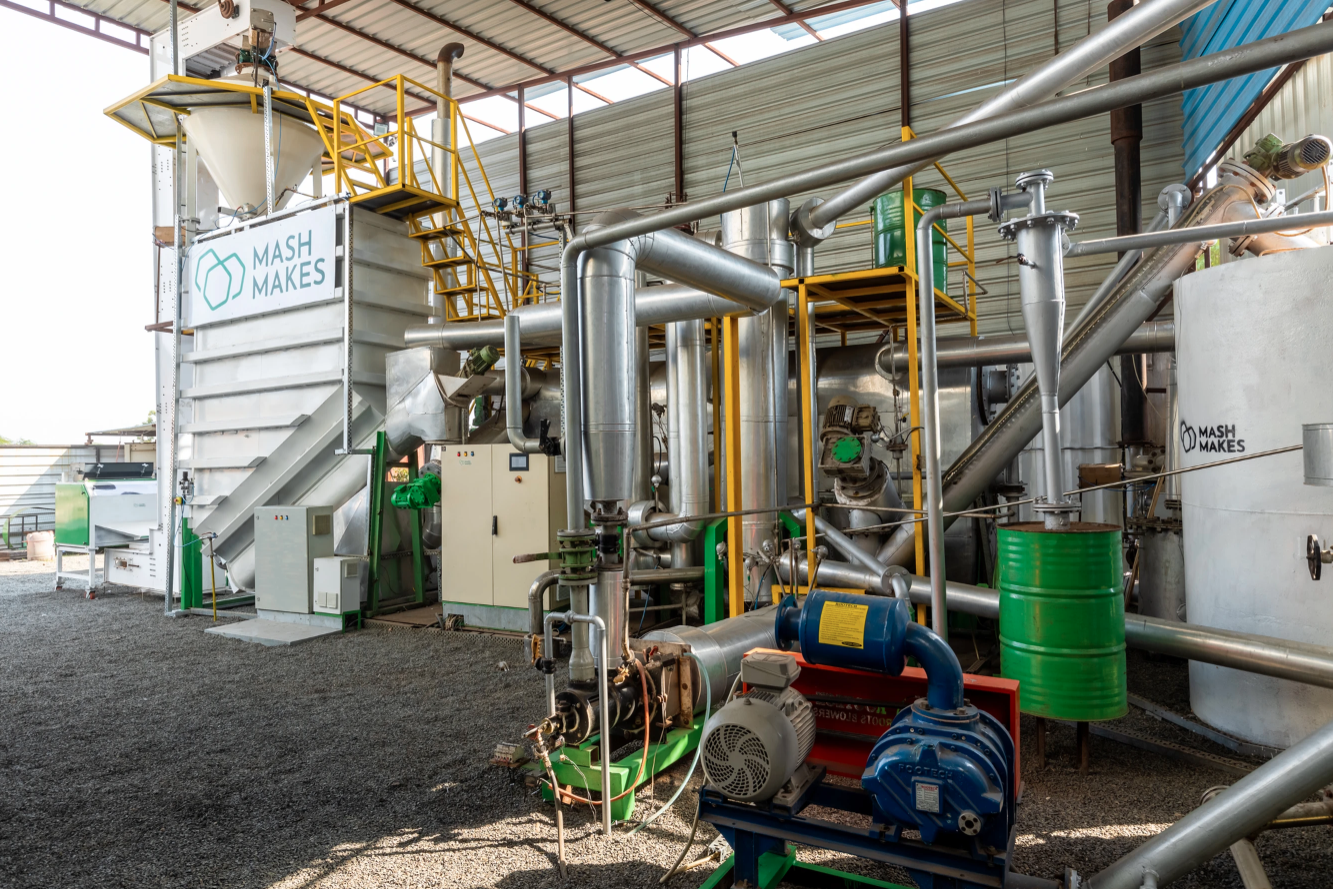


.png)
.png)
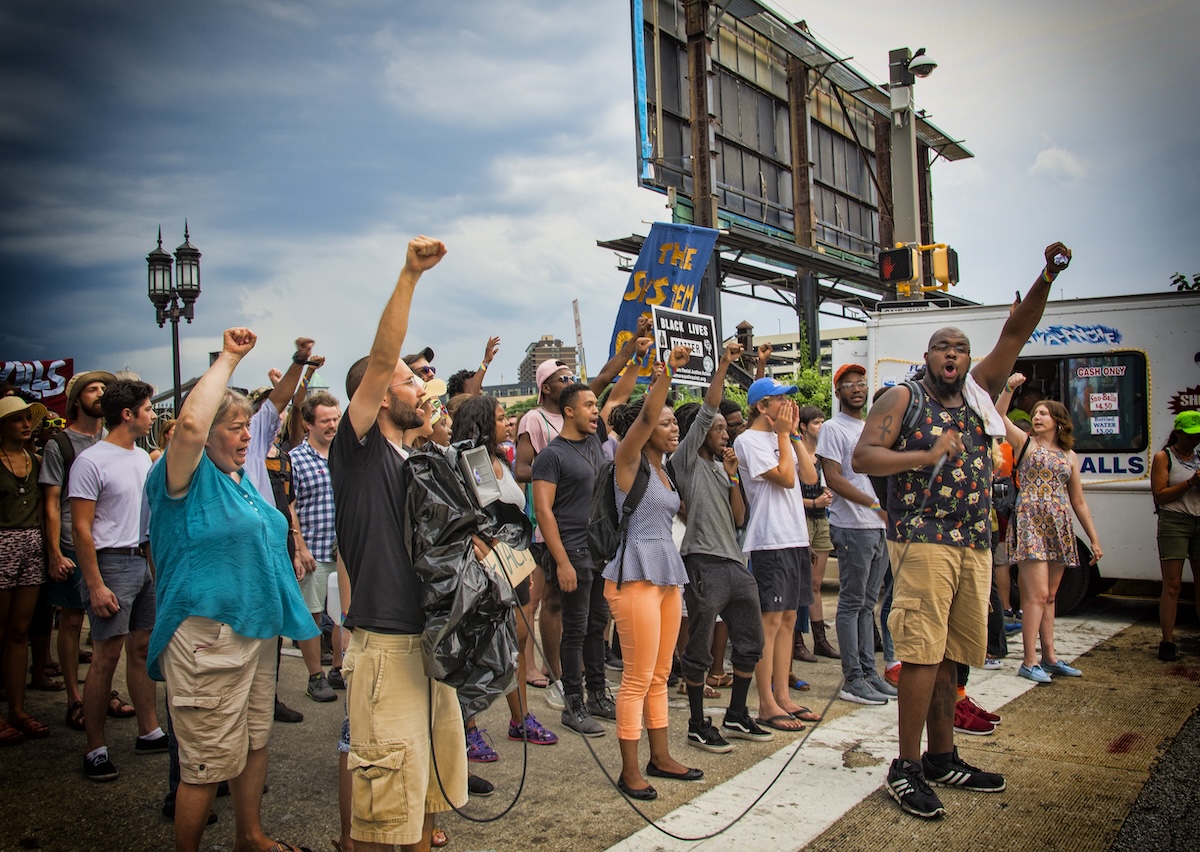


.png)









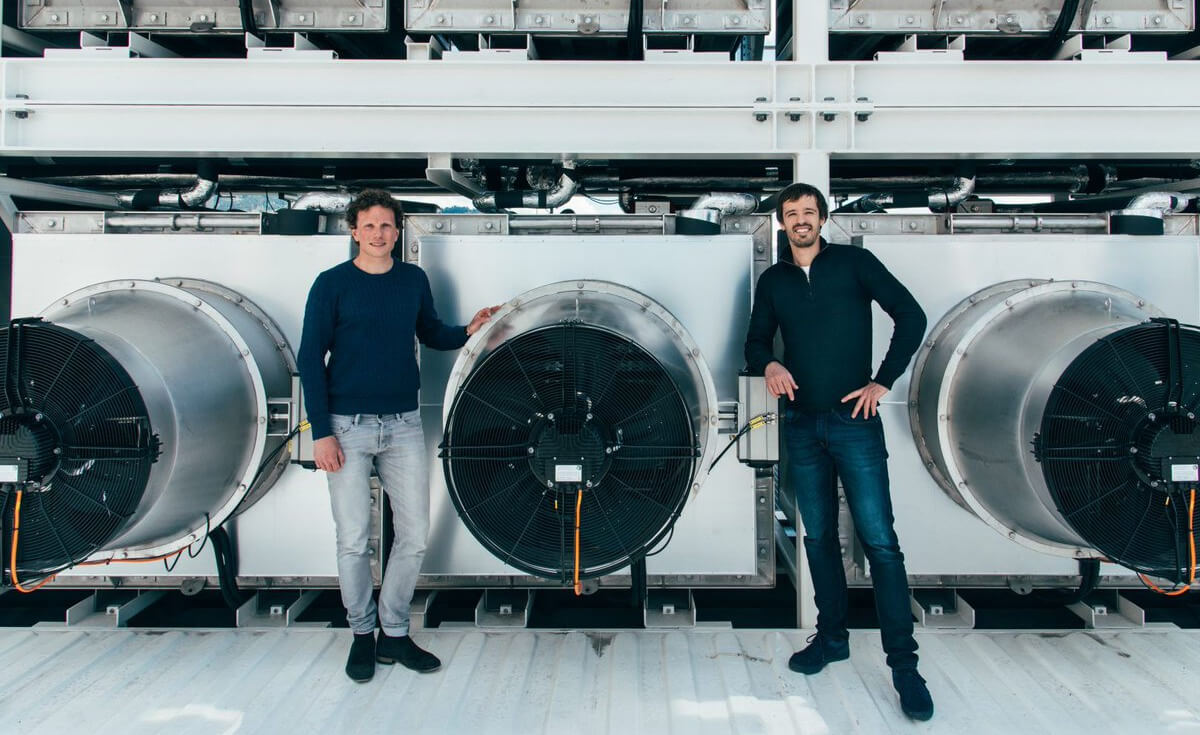
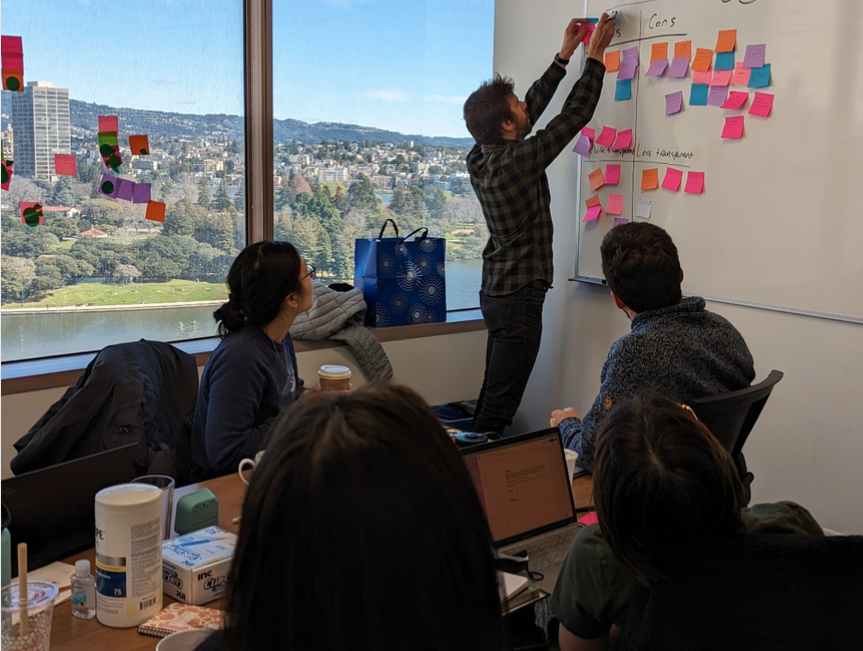
.png)
.png)
.png)


.png)


.jpg)



.png)

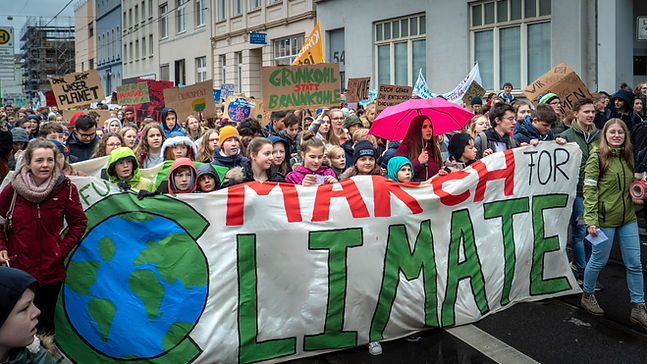
.png)


.png)
.png)

.png)
.png)
.png)
